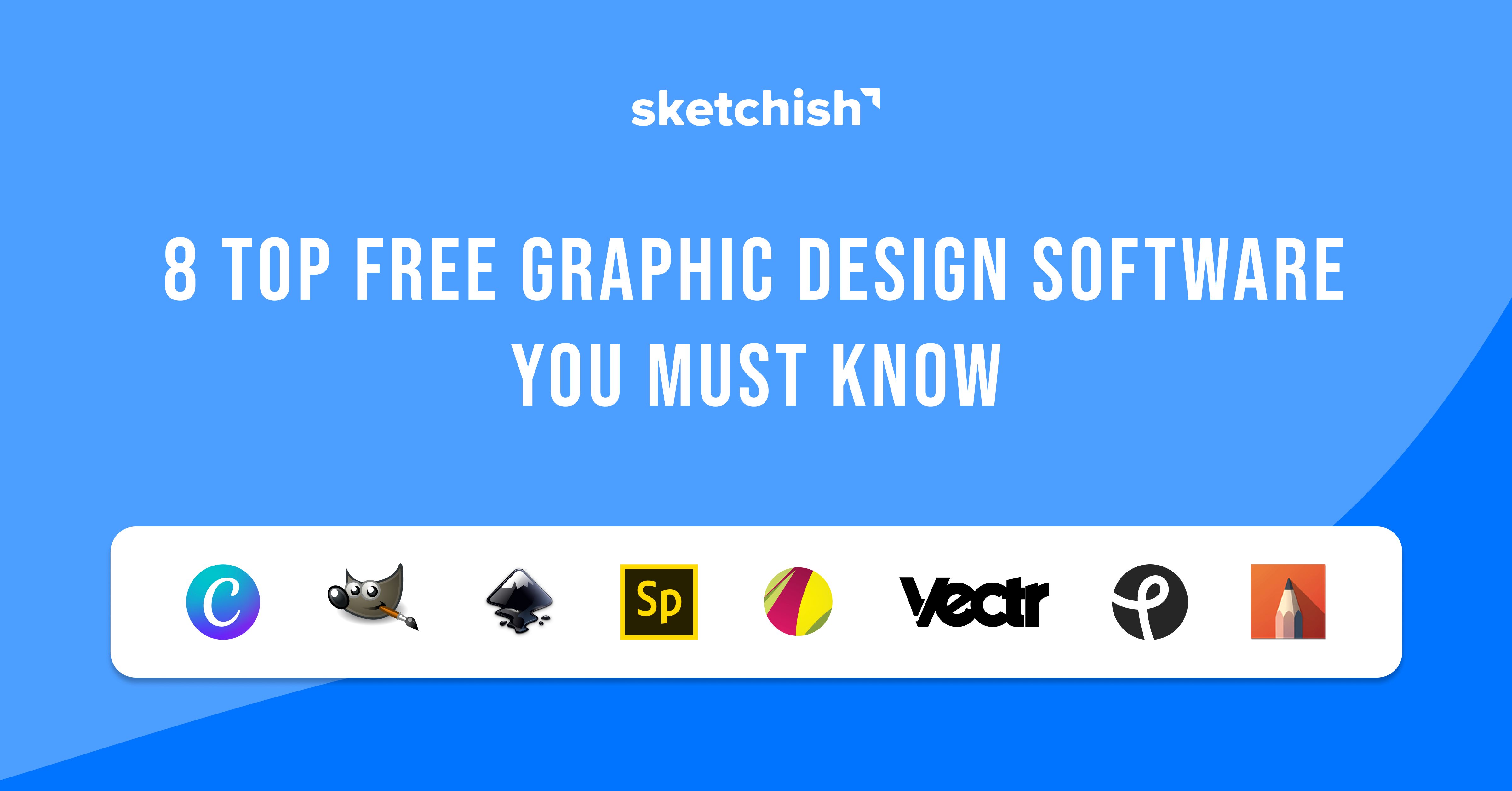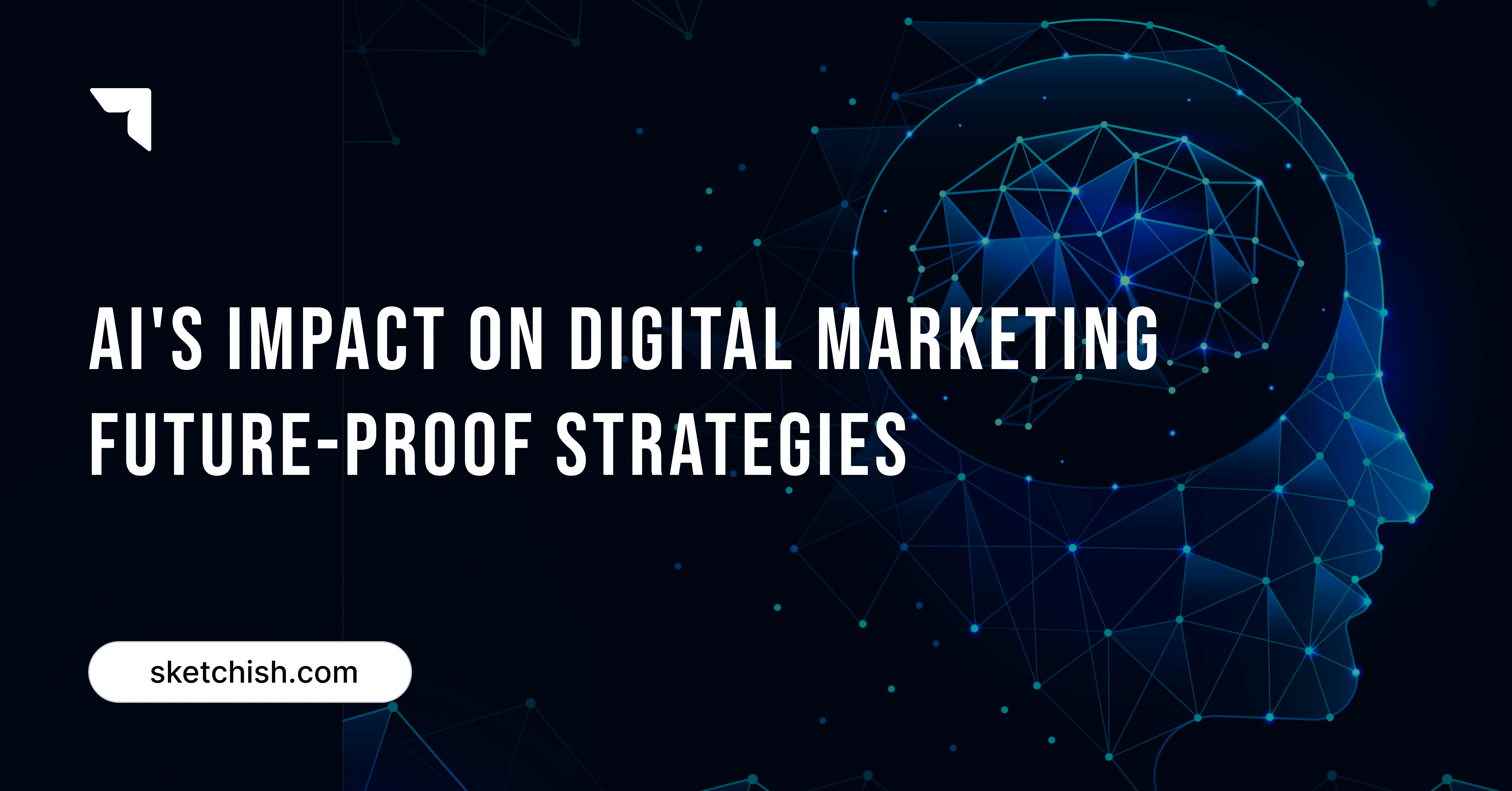Summary by AI ✦
If you’re looking for free graphic design software, check out these eight options! Canva is great for beginners with its easy templates. GIMP is a powerful alternative to Photoshop. Inkscape is perfect for creating vector graphics. Sketchbook is fantastic for digital drawing and sketching. Pixlr offers easy photo editing with a user-friendly interface. Adobe Spark helps with quick social media graphics. Gravit Designer is versatile and web-based. Lastly, Vectr provides simple vector design with collaboration features. These tools are perfect for anyone starting in graphic design!
Graphic design is more than just a skill—it’s a superpower! Whether you’re creating a stunning website, creating eye-catching social media posts, or designing a sleek app interface, good design can make all the difference. But here’s the catch: top best free graphic design software often comes with a highly price tag.
For many budding designers and even seasoned professionals, this can be a significant barrier. That’s where free graphic design tools come into play. These alternatives not only make high-quality design accessible to everyone but also empower creatives to bring their visions to life without breaking the bank. Imagine having the ability to create professional-grade designs without spending a dime—sounds like a dream, right?
So, whether you’re just starting out or looking to expand your toolkit, exploring these free options can open up a world of possibilities. Let’s dive into the world of free graphic design software and see how it can transform your creative journey!
1. Canva
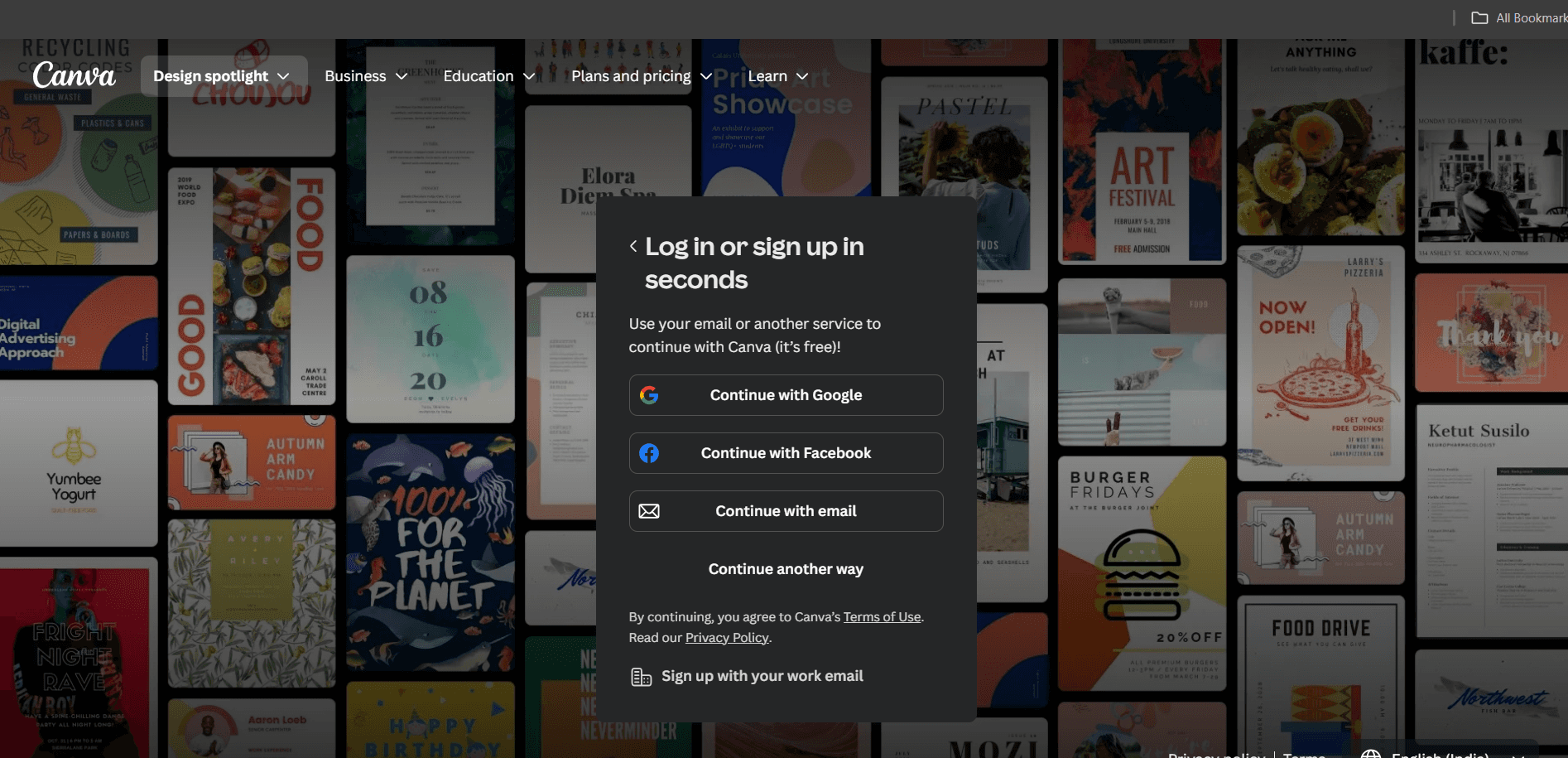
Canva is like a playground for creativity. Whether you’re designing a social media post, a presentation, or even a business card, Canva has got you covered. One of the standout features is its drag-and-drop interface. This means you can easily move elements around your design without needing any prior design experience.
The interface is incredibly intuitive. When you open Canva, you’re greeted with a clean, organized layout. The left-hand side menu gives you quick access to templates, elements, uploads, text, and more. It’s designed to be straightforward, so you can focus on creating rather than figuring out how to use the tool.
Templates and Design Elements
Now, let’s talk about the treasure trove of templates and design elements Canva offers. Imagine having access to over 250,000 free templates! These templates cover everything from Instagram stories and YouTube thumbnails to resumes and wedding invitations. Each template is fully customizable, allowing you to tweak colors, fonts, images, and more to fit your vision.
But it doesn’t stop there. Canva also provides a vast library of design elements, including photos, icons, shapes, and illustrations. Need a specific image? Just use the search bar to find exactly what you’re looking for. Plus, with features like the background remover and photo enhancer, you can make your designs look polished and professional with just a few clicks.
Pros of Canva
Canva’s interface is incredibly easy to navigate, even for those with no design background.
The free version is quite robust, and the paid plans offer excellent value for money.
Suitable for a wide range of design needs, from social media posts to printed materials.
Great for teams, allowing multiple people to work on a design simultaneously.
The AI tools are a nice touch, helping to streamline the design process.
Cons of Canva
While Canva is great for basic to intermediate design tasks, it lacks some advanced features found in professional tools like Adobe Photoshop.
Some of the free stock photos can be quite generic, and you might need to pay for more unique visuals.
Certain effects, like drop shadows for text, are limited.
Canva is a fantastic tool for anyone looking to create beautiful designs without the steep learning curve of traditional graphic design software. It’s especially great for quick projects and collaborative work. Have you tried using Canva for any of your design needs?
2. GIMP
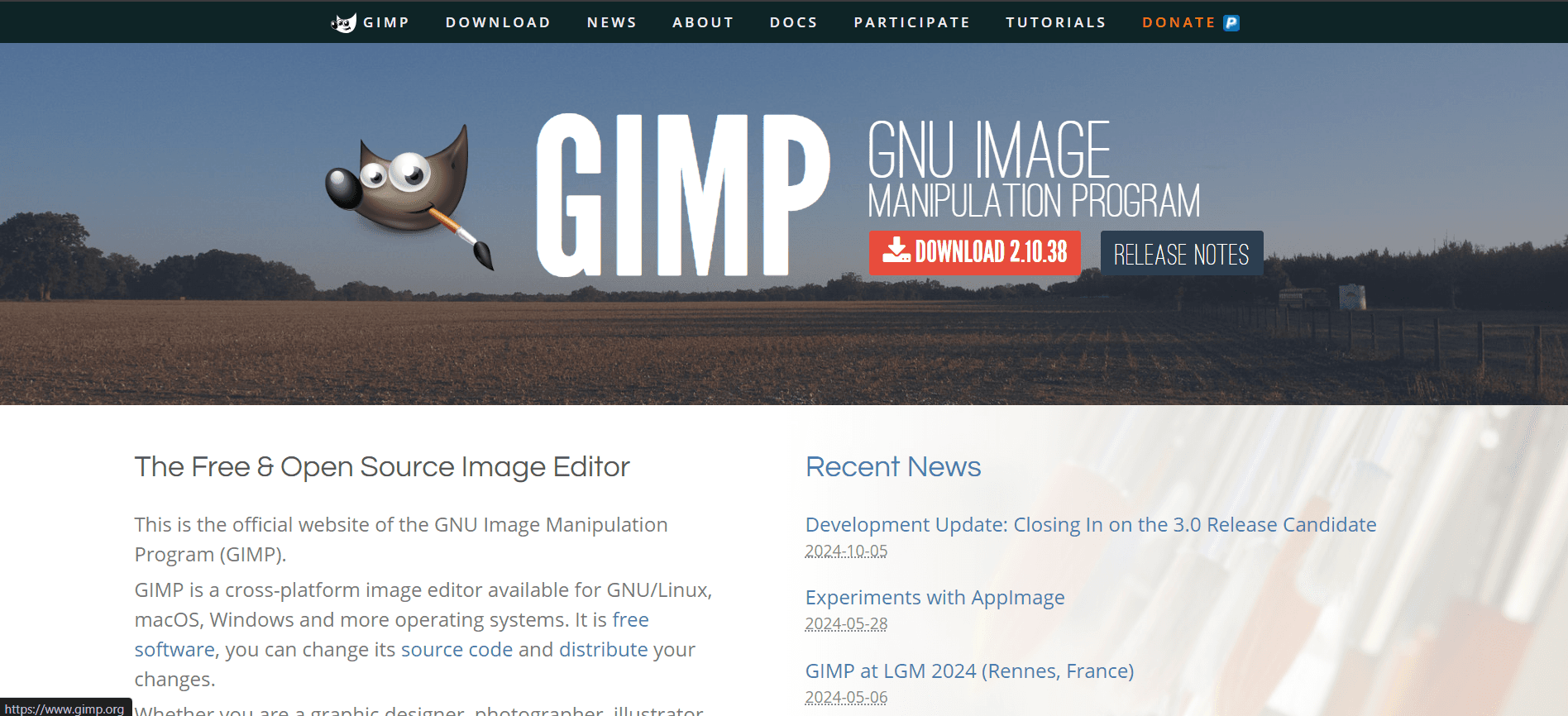
GIMP, the GNU Image Manipulation Program. It’s a powerful, free alternative to Photoshop that’s been around since 1996. Here’s a closer look at its features and what makes it stand out.
GIMP offers a wide range of tools for tasks like photo retouching, image composition, and image authoring. You can use selection tools, paint tools, transform tools, and more. Just like Photoshop, GIMP supports layers, allowing you to work on different parts of an image independently. You can customize the layout and functionality of GIMP to suit your workflow. This includes docking and undocking dialogs, and creating custom shortcuts.
GIMP supports a variety of plugins and extensions, which can add new features or improve existing ones. It supports a wide range of file formats, including JPEG, PNG, GIF, TIFF, and even PSD files from Photoshop.
Pros of GIMP
GIMP is completely free to use, making it accessible to everyone.
It offers a robust set of tools that can handle most image editing tasks.
The ability to customize the interface and add plugins makes GIMP highly adaptable to different needs.
Being open-source, GIMP has a large community of users and developers who contribute to its continuous improvement.
Cons of GIMP
GIMP can be challenging to learn, especially for those who are new to image editing.
The interface can feel cluttered and outdated compared to more modern software.
GIMP can be slower than other image editing programs, particularly when working with large files.
While it covers most basic and intermediate needs, it lacks some of the advanced features found in professional tools like Photoshop.
GIMP is a fantastic tool for those who need powerful image editing capabilities without the cost. It’s especially great for hobbyists, students, and anyone on a budget.
3. Inkscape
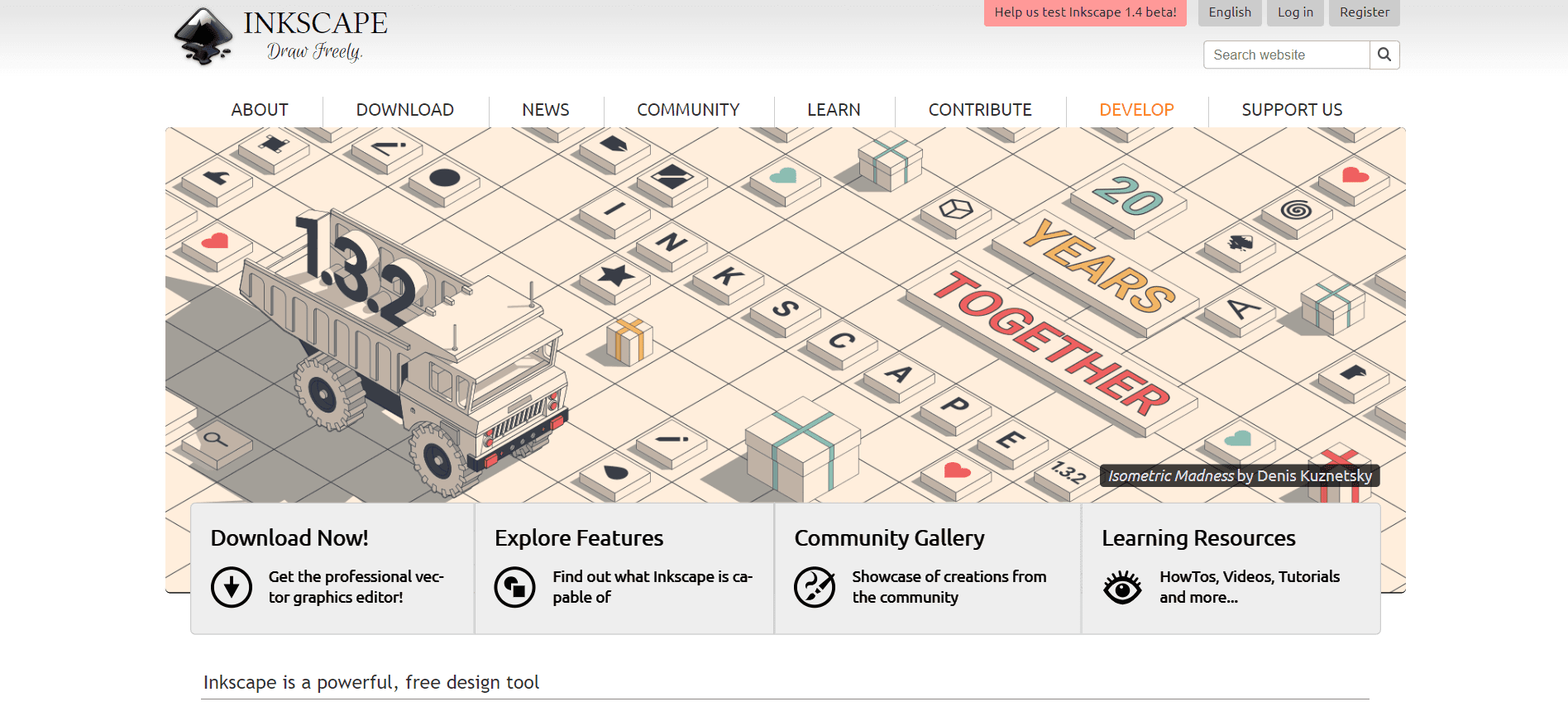
Inkscape is a fantastic tool for anyone diving into the world of vector graphics. Whether you’re a seasoned designer or just starting out, this open-source software has a lot to offer. Let’s break it down!
Inkscape is a free and open-source vector graphics editor, which means you can download and use it without spending a dime. It’s available on Windows, macOS, and Linux, making it accessible to a wide range of users.
Inkscape allows you to create and edit vector graphics with precision, making it perfect for logos, illustrations, and web graphics. You can fine-tune your designs by manipulating nodes and paths, and add and style text with various fonts and effects.
The software also helps you organize your work with layers, making complex designs easier to manage. Additionally, you can enhance functionality with a variety of community-created extensions and plugins. Inkscape supports a wide range of file formats, allowing you to import and export files such as SVG, PDF, EPS, and more.
Pros of Inkscape
No cost to use, and the community can contribute to its development.
Works on Windows, macOS, and Linux.
Offers a robust set of tools for vector editing.
A large, active community that provides tutorials, extensions, and help.
Cons of Inkscape
Can be challenging for beginners, especially those used to other design software like Adobe Illustrator.
The interface can feel a bit outdated and clunky.
Some users report crashes and slow performance, particularly on macOS.
Text formatting options are not as advanced as some other graphic design software.
Inkscape is a powerful tool, especially if you’re looking for a cost-effective solution for vector graphics. While it might take some time to get used to, the community support and extensive features make it a worthwhile investment of your time.
4. Gravit Designer

Gravit Designer is a versatile vector graphic design tool that caters to a wide range of creative needs. Whether you’re into web design, app design, or graphic design, Gravit Designer has something to offer. It’s an HTML-based application, which means you can use it directly in your browser or download it as a desktop app. This flexibility makes it accessible on various operating systems like Windows, Mac, Linux, and Chrome OS.
Gravit Designer is renowned for its user-friendly interface, featuring an intuitive and clean design that even beginners can navigate with ease. The drag-and-drop functionality further enhances its accessibility.
Packed with powerful tools, Gravit Designer supports everything from vector editing to text manipulation, allowing users to create complex designs using features like the Pen tool, Knife tool, and Path graphs.
The availability of various templates and symbols can significantly save time, and users can also create and reuse their own symbols across different projects. With cloud integration, designs can be saved to the Gravit Cloud and accessed from anywhere, making it convenient for those who switch between devices.
Additionally, Gravit Designer offers multiple export options, including SVG, PDF, and PNG, with the Pro version providing higher-quality PDF exports.
Pros of Gravit Designer
One of the biggest advantages is that Gravit Designer offers a free version with a robust set of features. This makes it accessible for hobbyists and professionals alike.
Whether you’re on a Mac, Windows, or even a Chromebook, Gravit Designer has you covered.
From advanced vector tools to text manipulation and cloud integration, it has everything you need for professional design work.
The interface is clean and intuitive, making it easy to pick up even if you’re new to design software.
Cons of Gravit Designer
While the free version is great, it does have its limitations. For instance, it only supports RGB color space, and cloud storage is capped at 500 MB.
Some users have reported that the browser version can be a bit sluggish, especially with complex designs.
Despite its user-friendly interface, Gravit Designer can be a bit overwhelming for complete beginners. There’s no wizard to guide you through your first design.
Selecting and moving individual objects can be tricky, particularly in complex projects with multiple layers.
Gravit Designer is a solid choice for anyone looking to dive into vector graphic design. Its rich feature set and cross-platform compatibility make it a versatile tool for both beginners and professionals. However, if you’re planning to use it extensively, you might want to consider the Pro version to unlock its full potential.
User interface design chicago - Top company list
5. Vectr
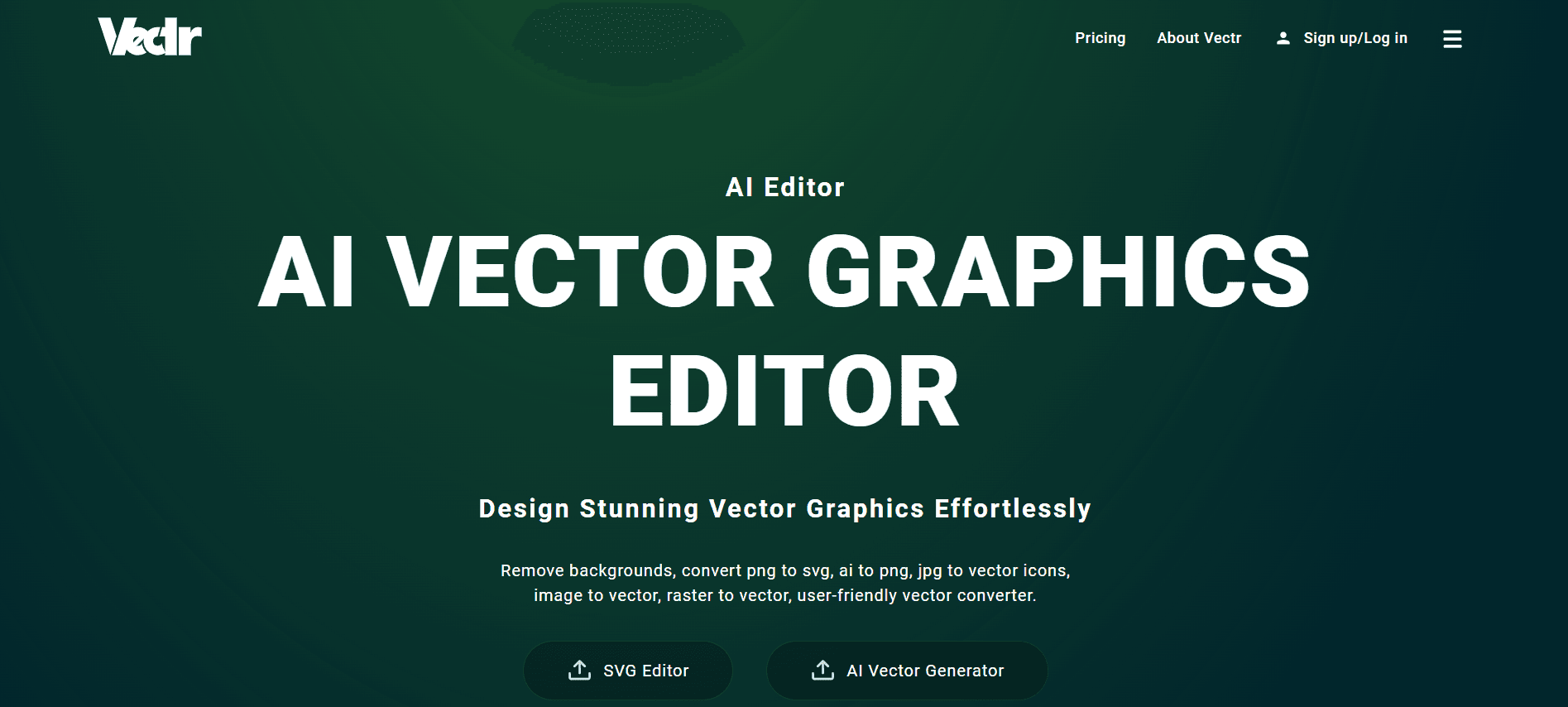
Vectr is a free, web-based vector graphics editor designed for creating and editing vector graphics easily and intuitively. It is suitable for beginners and those who need to create simple vector graphics without the complexity of high-end software. Here are some key features and aspects of Vectr:
Vectr is a versatile tool that works seamlessly across modern browsers and desktop devices, including ChromeOS, Mac, Linux, and Windows. Its user-friendly interface is straightforward and intuitive, making it easy for beginners to get started. Vectr includes essential design tools such as text, pencil, shapes, pen tools, gradients, fills and strokes, pathfinders, and alignment tools.
Designed with collaboration in mind, Vectr allows users to share and work on vector graphics projects online. Additionally, users can customize their designs with various tools for shadow, color, fill type, border, and opacity.
Pros of Vectr
Vectr is completely free, making it accessible to everyone.
The shallow learning curve and intuitive interface make it ideal for beginners.
Works on multiple platforms, providing flexibility for users.
Online-based nature allows for easy sharing and collaboration.
Cons of Vectr
Limited Advanced Features: Lacks some advanced features found in high-end vector graphics software.
Occasional Bugs: Users have reported occasional software bugs and issues with the autosave feature.
Limited Editing Options: Not suitable for more complex vector graphic needs.
Vectr is a great tool if you’re looking for a simple, free solution for basic vector graphic design. However, if you need more advanced features, you might want to consider other options.
6. Adobe Spark
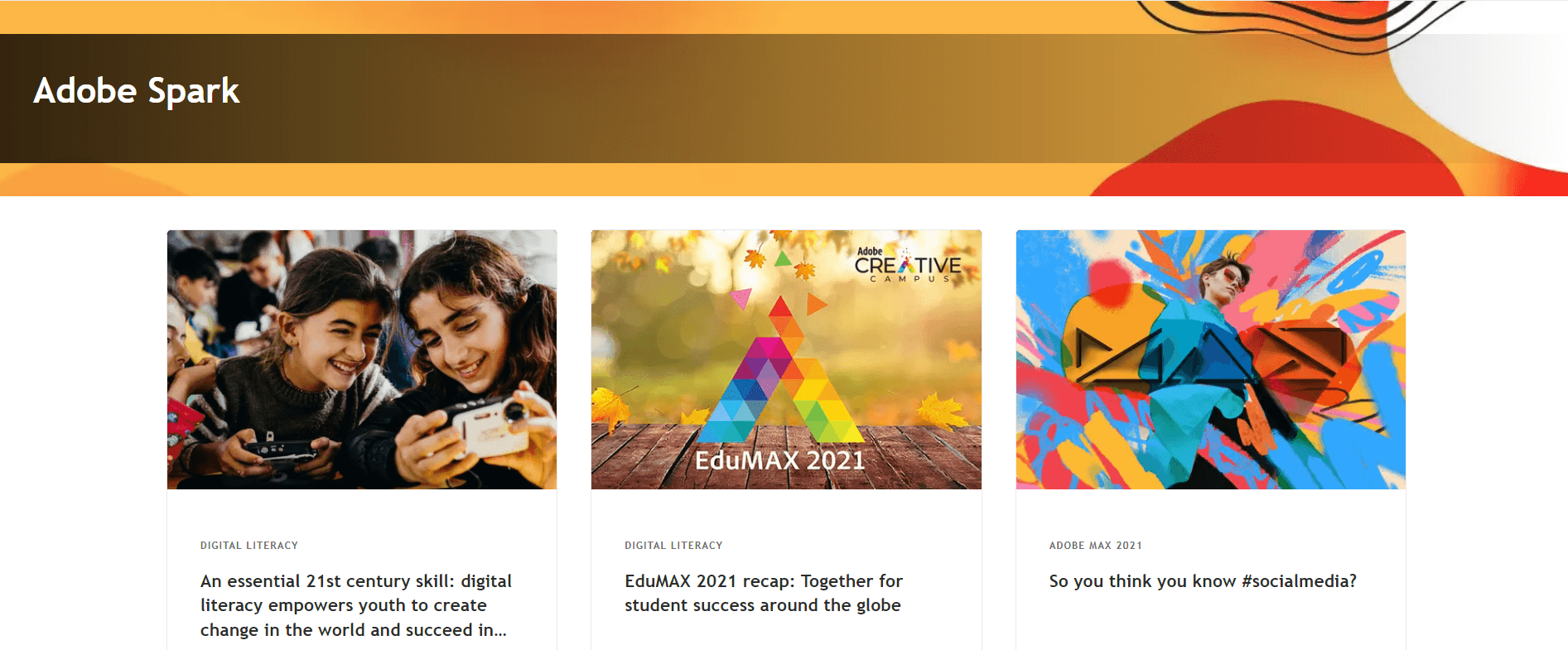
Adobe Spark, now rebranded as Adobe Express, is a versatile tool designed for creating graphics, web pages, and short videos. It’s particularly popular among small businesses, marketers, and creative professionals who need to produce promotional content quickly and efficiently.
Our platform offers a wide range of customizable templates for social media posts, flyers, posters, and more. With a user-friendly interface featuring drag-and-drop functionality, it’s accessible even for those without design experience. Available on both desktop and mobile devices, it ensures you can work seamlessly on the go.
Additionally, the app allows users to plan and schedule social media posts directly within the platform. To maintain a cohesive design, it provides font and color recommendations based on the content.
Pros of Adobe Spark
The intuitive interface and drag-and-drop features make it easy for anyone to create professional-looking content.
A vast library of templates that can be customized to fit your brand.
Works seamlessly across different devices, allowing for flexibility in where and how you work.
The ability to schedule posts is a great feature for social media managers.
Cons of Adobe Spark
While there are many templates, the customization options for web pages and videos are somewhat limited.
Some users have reported poor image rendering quality.
The best-looking templates and features often require a premium subscription.
Limited options for video editing and social sharing outputs.
Adobe Spark/Express is a powerful tool for quick and easy content creation, especially for those who need to produce high-quality visuals without extensive design skills. However, it may not be suitable for more complex projects requiring extensive customization.
7. Pixlr
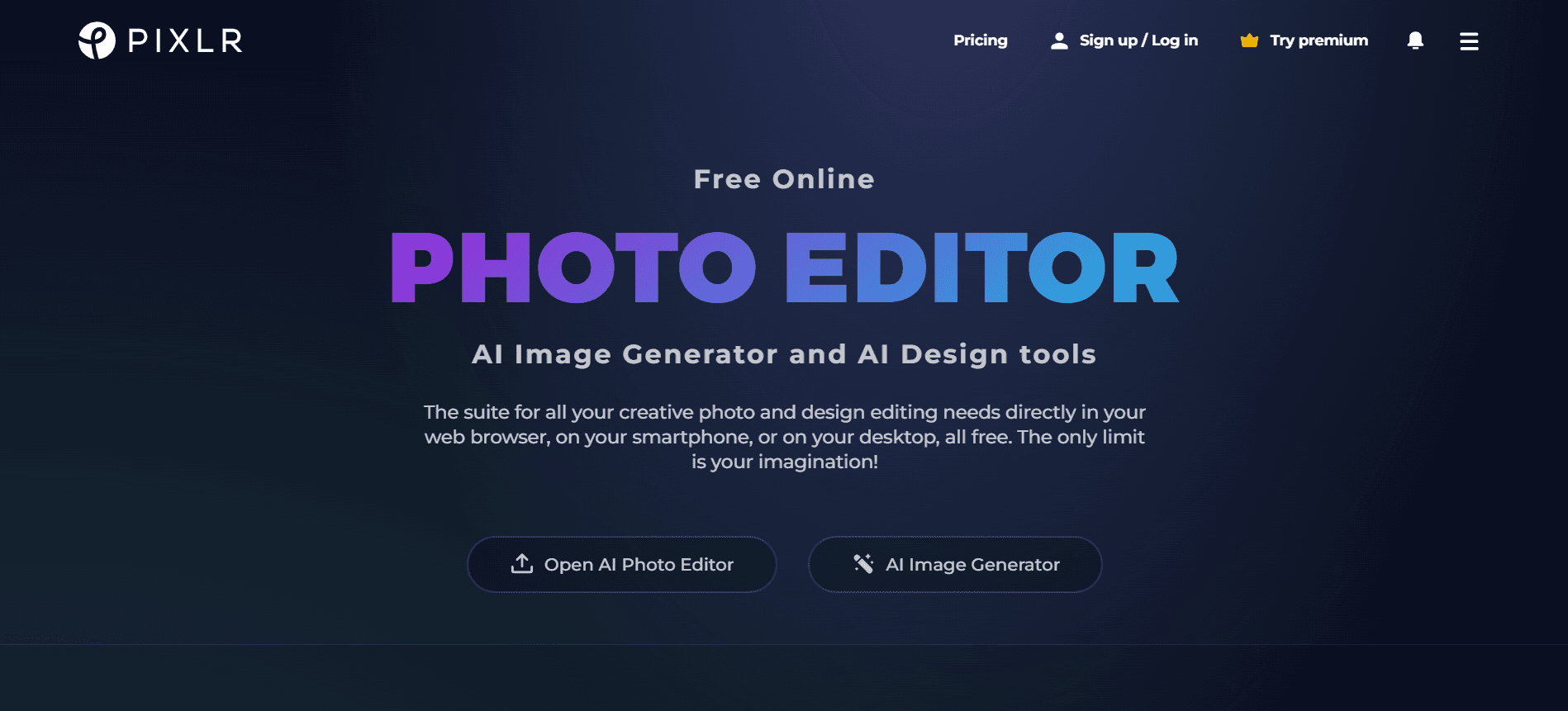
Pixlr is a versatile online photo editing tool that offers a range of features suitable for both beginners and experienced users. Initially part of the Autodesk suite, it is now owned by 123RF under the Inmagine Group1. Pixlr is accessible via web browsers, mobile apps, and desktop applications, making it highly portable and convenient.
Pixlr boasts an intuitive and clean design, making it easy to navigate even for those new to photo editing. Similar to advanced software like Adobe Photoshop, Pixlr supports layers and masks, allowing for complex editing tasks. It includes AI-driven features for tasks like background removal and image enhancement.
Additionally, Pixlr offers a large library of fonts, templates, and design elements, which are particularly useful for creating social media graphics. Available on web, mobile, and desktop, Pixlr ensures you can edit on the go.
Pros of Pixlr
The interface is designed to be accessible for users of all skill levels.
Pixlr offers a free version with robust features, making it a budget-friendly alternative to other photo editing software.
AI Tools: The inclusion of AI-powered tools enhances the editing experience by automating complex tasks.
Being available on multiple platforms adds to its convenience.
Advanced features like layers and masks are available, which are essential for detailed editing.
Cons of Pixlr
The free version includes ads, which can be distracting.
The template collection is primarily focused on social media, which might not suit all users.
Earlier versions required Flash, which caused compatibility issues, though this is no longer a problem.
Pixlr is a great tool for quick edits and creating social media graphics, especially if you’re looking for a cost-effective solution. However, for more advanced editing needs, you might find its features somewhat limited compared to professional software like Adobe Photoshop.
8. SketchBook
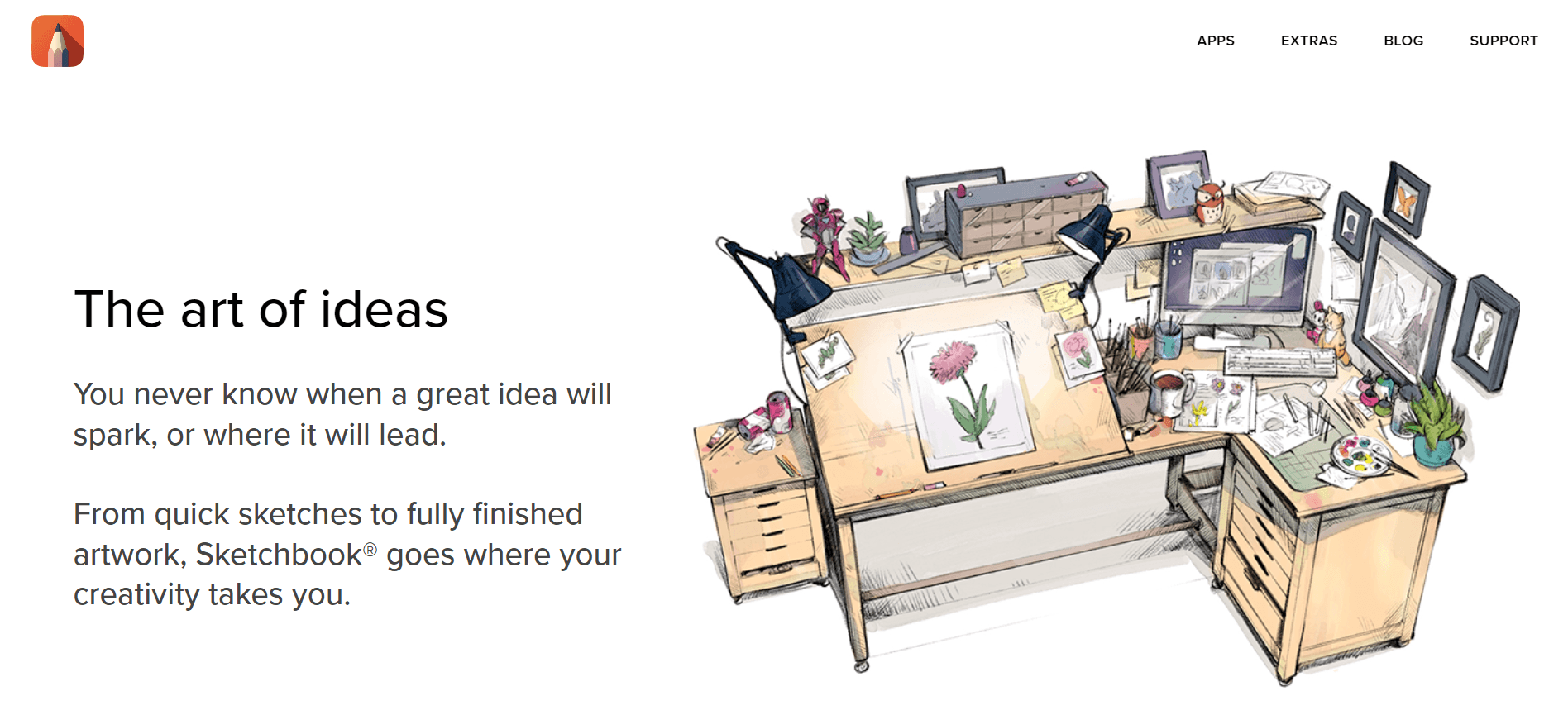
SketchBook is a popular drawing and painting software designed for digital artists, illustrators, and designers. Initially developed by Autodesk, it is now available as a standalone product. The app is known for its intuitive interface and professional-grade tools that cater to both beginners and experienced artists.
The interface is designed to be user-friendly, minimizing distractions by keeping tools hidden until needed. It includes a wide range of professional tools such as brushes, pencils, markers, and customizable options. The software is available on multiple platforms, including Windows, macOS, iOS, and Android, and supports high-resolution canvases up to 100 megapixels for detailed and high-quality artwork.
Predictive stroke technology helps in creating smooth and precise lines, while layer management supports multiple layers with blending modes similar to Photoshop. Additionally, it offers various export options, allowing you to save your work in formats like PSD, PNG, JPG, BMP, and TIFF.
Pros of SketchBook
The intuitive interface makes it easy for users to start drawing without a steep learning curve.
Offers a wide range of brushes and tools that can be customized to suit different artistic needs.
Being available on multiple platforms makes it versatile and accessible.
Can handle large canvases, which is great for detailed work.
Offers a good balance of features at a reasonable price.
Cons of SketchBook
Some users feel that it lacks certain advanced features found in other professional software.
Can be slow or laggy when handling very large files or complex projects.
While easy to start, mastering all the advanced features can take time.
Some users have noted that updates can sometimes remove useful features.
Conclusion
Access to free graphic design software is incredibly valuable for both budding and experienced designers. These tools democratize creativity, allowing anyone with a vision to bring their ideas to life without financial barriers. Whether you’re a student, a freelancer, or a professional looking to expand your skill set, these resources offer a fantastic opportunity to experiment and grow.
I encourage you to explore these tools based on your specific needs and projects. Each software has unique features and strengths, so take the time to find the ones that best align with your creative goals.
Remember, the potential for creativity and professional growth is immense. By leveraging these free resources, you can enhance your design skills, build a diverse portfolio, and even discover new passions within the field of graphic design.
Happy designing!
Share on:
